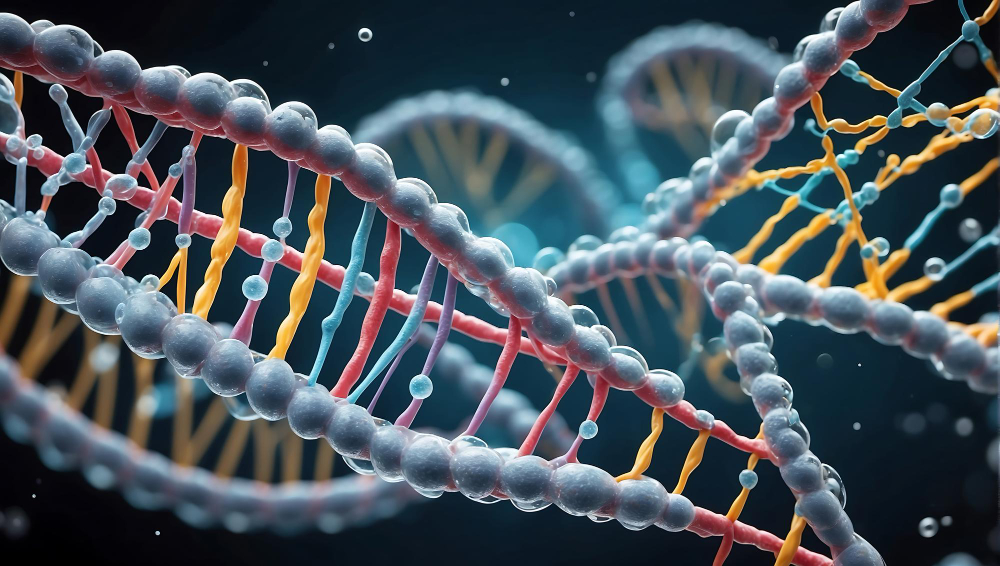
The Top Medical Breakthroughs of 2024 and What They Could Mean in the Future
As we look back on 2024, several groundbreaking medical advancements have emerged, promising to revolutionize healthcare and improve patient outcomes.
1. mRNA Vaccine Technology Expansion
Building on the success of mRNA vaccines for COVID-19, researchers have likely made significant strides in applying this technology to other diseases.
Potential Impact: mRNA vaccines could be developed for diseases like cancer, HIV, and autoimmune disorders, potentially transforming treatment approaches for these conditions.
2. CRISPR Gene Editing Advancements
CRISPR technology has likely seen further refinements, making it more precise and effective for treating genetic disorders.
Potential Impact: More genetic diseases could become treatable or even curable, dramatically improving the quality of life for patients with previously untreatable conditions.
3. Artificial Intelligence in Diagnostics
AI algorithms have likely become more sophisticated in analyzing medical imaging and patient data.
Potential Impact: Earlier and more accurate disease detection, potentially leading to improved patient outcomes and more personalized treatment plans.
4. 3D Bioprinting of Organs
Advancements in 3D bioprinting technology may have led to the successful creation of more complex organ structures.
Potential Impact: This could significantly reduce organ transplant waiting times and potentially eliminate organ rejection issues.
5. Nanotechnology in Drug Delivery
Nanoparticles for targeted drug delivery have likely become more refined and effective.
Potential Impact: More precise and effective treatments for diseases like cancer, with reduced side effects due to targeted delivery.
6. Brain-Computer Interfaces
Improvements in brain-computer interface technology may have led to breakthroughs in treating neurological disorders and injuries.
Potential Impact: Enhanced quality of life for patients with paralysis or neurodegenerative diseases, potentially restoring movement and communication abilities.
7. Personalized Medicine Advancements
Continued progress in genomics and data analysis has likely led to more tailored treatment approaches.
Potential Impact: More effective treatments with fewer side effects, as therapies are increasingly customized to individual genetic profiles.
8. Regenerative Medicine Breakthroughs
Stem cell research and tissue engineering advancements may have led to new treatments for degenerative diseases.
Potential Impact: Potential cures for conditions like Parkinson’s disease, spinal cord injuries, and heart disease through regeneration of damaged tissues.
9. Microbiome-Based Therapies
Further understanding of the human microbiome has likely led to new therapeutic approaches.
Potential Impact: Novel treatments for a range of conditions, from gastrointestinal disorders to mental health issues, based on manipulating the microbiome.
10. Telemedicine and Remote Patient Monitoring
While not a new concept, significant advancements in telemedicine technology and integration have likely occurred.
Potential Impact: Improved access to healthcare, especially in rural areas, and better management of chronic conditions through continuous remote monitoring.
These potential breakthroughs of 2024 represent exciting possibilities for the future of medicine. They promise not only to treat diseases more effectively but also to prevent them, potentially leading to longer, healthier lives for people around the world. However, it’s important to note that with these advancements come ethical considerations and the need for careful regulation to ensure equitable access and responsible use of these technologies.
As we look to the future, these breakthroughs could fundamentally change how we approach healthcare, shifting from a reactive model of treating illness to a proactive model of maintaining health and preventing disease. The long-term impacts could include reduced healthcare costs, improved quality of life, and increased longevity for populations worldwide.
